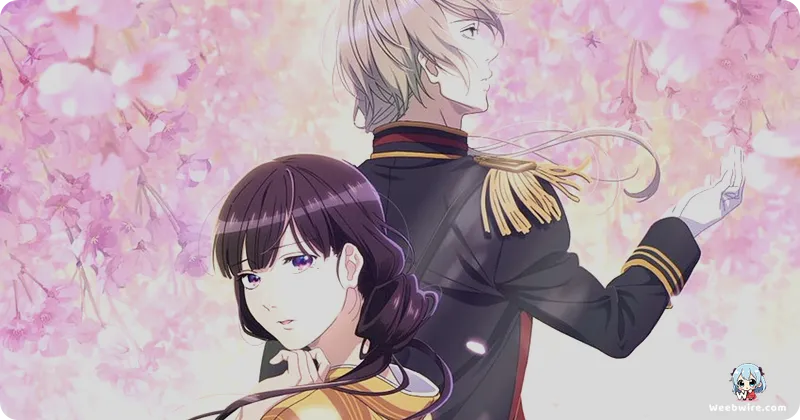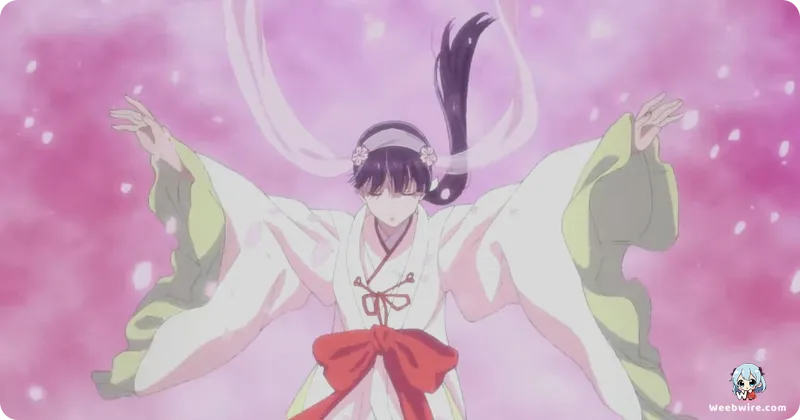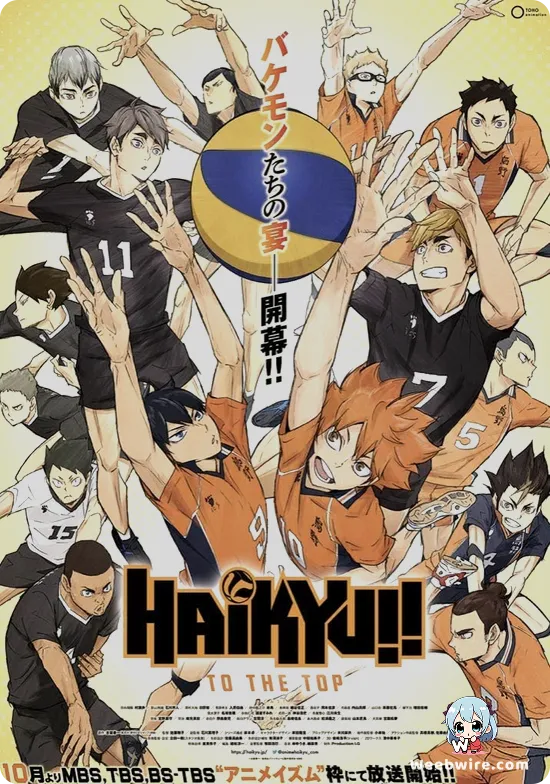Unveiling the Soul of 'My Happy Marriage': A Deep Dive into Its Enchanting Depths and Hidden Narratives

Immerse yourself in the captivating and deeply moving universe of 'My Happy Marriage,' an anime that has profoundly resonated with audiences through its masterful fusion of historical romance, thrilling supernatural elements, and poignant emotional storytelling. While at first glance it might appear to be a classic Cinderella-esque tale, a closer examination reveals a richly woven tapestry of intricate details, profound cultural insights, and nuanced character arcs that elevate it far beyond typical narratives. This exclusive feature uncovers some of the less explored facets and compelling trivia that make this cherished series a true standout.
The Historical Tapestry: Meiji or Taisho Era Japan
At the heart of 'My Happy Marriage' lies its meticulously constructed world, a fictionalized rendition of Japan set against the backdrop of the Meiji or Taisho eras a period marked by sweeping modernization and significant Western influence. This historical context is far more than mere set dressing; it intricately shapes the characters' struggles and the pervasive societal expectations they face. The rigid system of arranged marriages, the stratified class structure, and the limited autonomy afforded to women like Miyo Saimori are all direct reflections of the era's stringent social norms. The anime skillfully navigates the inherent tension between entrenched traditional values and the burgeoning modern sensibilities, crafting an authentic and immersive world that feels both familiar and wondrously fantastical. This unwavering commitment to historical accuracy enhances the viewing experience, allowing audiences to fully grasp the weight of Miyo's initial plight and the transformative power of her eventual happiness.
Subtle Symbolism and Miyo's Transformation
A particularly compelling, often overlooked, aspect of the series is the subtle yet powerful symbolism woven throughout its narrative. Miyo's arduous journey from a neglected, abused stepchild to a cherished fiancée symbolizes not just a personal triumph but a profound metaphorical blossoming. Her initial muted kimonos and withdrawn demeanor gradually give way to vibrant attire and a confident posture as she discovers love and acceptance with Kiyoka Kudou. This visual metamorphosis is a testament to the anime's thoughtful storytelling, where even costume design speaks volumes about character evolution, showcasing the creators' understanding that visual cues can be as impactful as dialogue in conveying complex emotional arcs.
The Nuanced Portrayal of Supernatural 'Gifts'
The supernatural 'Gifts' held by prominent families, such as the Kudou and Saimori, introduce another fascinating layer to the series. While these formidable powers, ranging from pyrokinesis to spiritual sight, are central to the plot's conflicts and resolutions, their integration is remarkably understated compared to many other supernatural anime. The Gifts are presented less as flamboyant superpowers and more as inherent, often burdensome, family traits that are frequently misunderstood, especially in Miyo's unique situation. Her initial belief that she possesses no Gift, a source of her family's cruel disdain, later becomes a pivotal element of her true identity. This nuanced approach to fantastical abilities grounds the supernatural elements in a sense of realism, rendering the characters' struggles more relatable despite their extraordinary circumstances. It is a refreshing take that consistently prioritizes compelling character drama over bombastic action sequences.

Kinema Citrus's Exquisite Animation
Fans consistently praise the anime for its exquisite animation and distinctive art style, a signature hallmark of Studio Kinema Citrus. Renowned for their work on emotionally resonant and visually stunning series such as 'Made in Abyss' and 'The Rising of the Shield Hero,' Kinema Citrus brought an unparalleled delicate touch to 'My Happy Marriage.' A fascinating behind the scenes insight reveals how the studio masterfully balanced the story's darker themes of abuse and trauma with moments of breathtaking beauty and tender romance. The subtle nuances in character expressions, the intricate details of traditional Japanese architecture, and the serene backdrops collectively create an atmosphere that is both melancholic and brimming with hope. This meticulous craftsmanship ensures that the emotional weight of Miyo's past is palpably felt without overshadowing the burgeoning romance, allowing the audience to truly witness and feel her slow, arduous path towards profound healing and self worth.
Kiyoka Kudou: A Character of Surprising Depth
Kiyoka Kudou, initially portrayed as a cold and ruthless military captain, is a character brimming with surprising depths. A captivating detail about his portrayal is that his initial stoicism is not indicative of indifference but rather a carefully constructed defense mechanism, forged from past disappointments and the immense responsibilities thrust upon him. His gradual thawing towards Miyo is a beautifully executed arc, revealing a deeply compassionate and fiercely protective individual beneath his icy exterior. This transformation is not abrupt but a slow, believable process, making their evolving bond all the more impactful. His character boldly challenges the typical 'prince charming' archetype by presenting a more complex, flawed, yet ultimately devoted hero.
Universal Themes and Enduring Appeal
Ultimately, the widespread appeal of 'My Happy Marriage' stems from its universal themes. Despite its specific historical and supernatural setting, the narrative profoundly resonates with anyone who has ever felt overlooked, undervalued, or struggled to find their rightful place in the world. Miyo's journey of self discovery, learning to trust, and finding her authentic voice is a powerful narrative in its own right. The anime's enduring success can be attributed to its extraordinary ability to weave these poignant human experiences into a captivating story, demonstrating that a 'happily ever after' is not solely about finding love, but equally about discovering and embracing oneself. The emotional sincerity and the profound message of healing and acceptance are what truly establish this series as a timeless and cherished masterpiece of anime.
Credits
My Happy Marriage
Author
Akumi Agitogi
Cover Art
Tsukiho Tsukioka
Studio
Kinema Citrus
Publisher
Kadokawa (Fujimi Fantasia Bunko)
Producers





